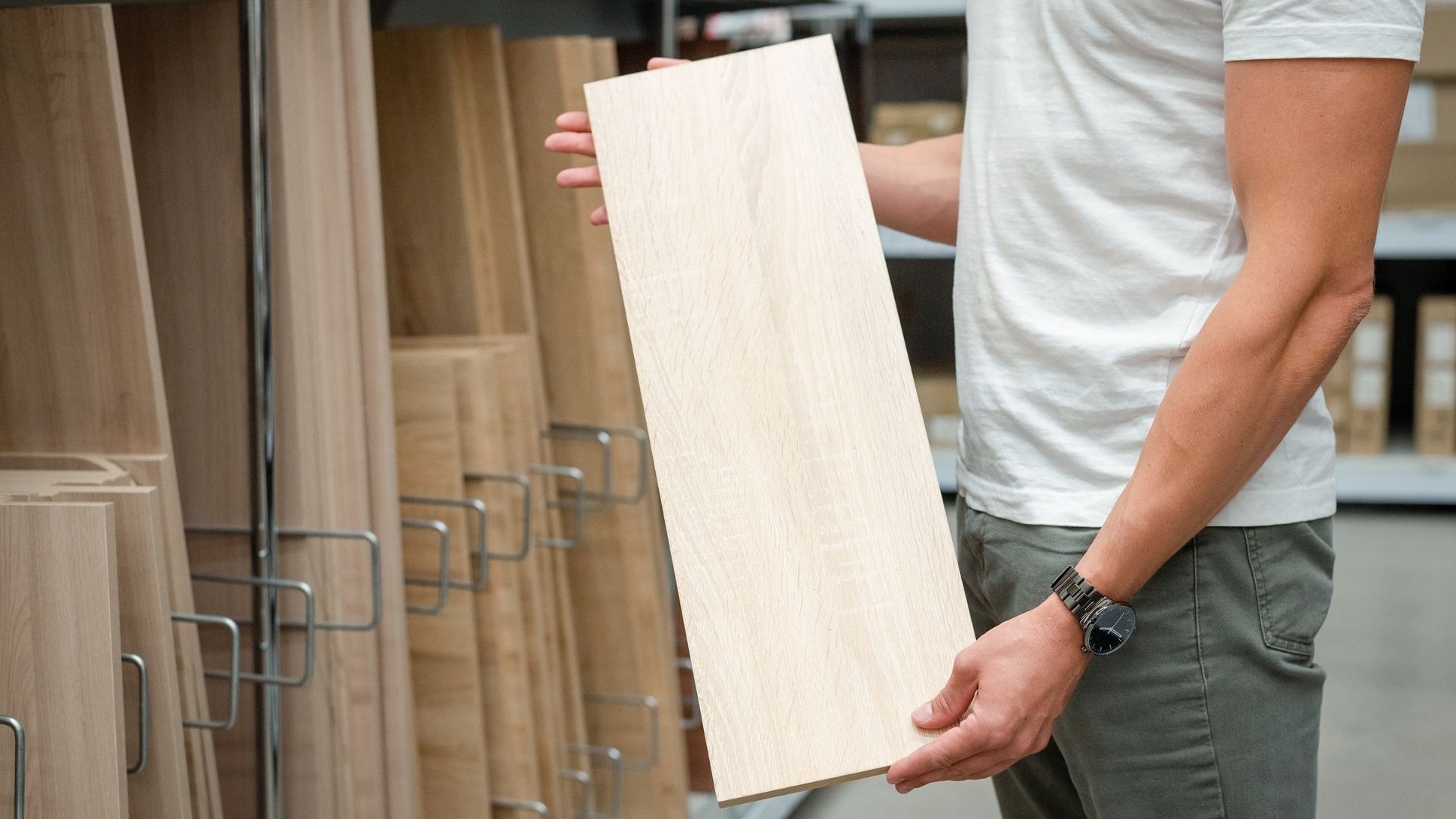Plywood is the most preferred material when it comes to making durable woodwork – whether it be furniture, wall paneling, or modular kitchens. However, buying the right quality plywood for your needs takes a lot of time and effort. The process involves various stages – researching and selecting the right plywood, its grade, finding the right supplier, getting the right price, checking the material as per specifications. This job is further exaggerated in India where nearly 80% of the plywood sold comes from the unorganized sector – with poor quality parameters.
So how do you as an end-user, who is looking for a durable solution, ensure that in an industry dominated by the unorganized sector, get the best value for your investment? This is a question that we are asked so often. There is always confusion in the minds of the end consumer who is truly looking for a value solution.
So, how do you select the top-quality plywood for your woodwork project?
Before you go on to buy the plywood for all your woodwork needs, consider the points mentioned below. These will help you determine the best quality plywood for your needs:
Where will you use the plywood?
As mentioned earlier, plywood comes in various grades and variations. Each of these variations and grades is meant to serve different kinds of applications. Say that you need the plywood to make furniture or do the interiors of an area that has a lot of moisture like the patio or kitchen area. For such areas, Boiling Water Proof Grade (also referred as Marine Grade / PF Grade) Plywood is the best. To know more about the technical parameters of BWP grade plywood, click here.
For fire-prone areas, Fire Retardant Plywood is the best. If however, you live in a dry climate area where moisture levels are low throughout the year, then you can consider a premium grade Moisture Resistant (MR) grade plywood.
To know the technical difference between all three grades of plywood, click here.

Make sure you buy plywood from a reliable and trusted brand with years of experience
As mentioned earlier, over 80% of the industry is unorganized, where largely, quality parameters or not met. It does not mean that all products made by this part of the industry are poor in quality. There are a lot of hard-working manufacturers who make good quality products but are in the unorganized sector due to their own reasons. But as a consumer, how do you decide what is right for you? If you are looking for peace of mind and a long-term solution, go with a reputed branded plywood.
Make sure you buy plywood only from an Authorised Dealer / Distributor
One best thing about buying from an Authorised Distributor or Dealer or Retailer of the brand you are looking to purchase. This will ensure that you will always get better rates as compared to other retailers. You will also be assured of getting genuine material. The authorized channel partner will ensure you are also educated on the product features, guarantees or warranties, and a high level of customer service.
Look for the certification
It is always advisable to buy plywood from manufacturers who are certified. Do not only go on the CML number on the sheet of plywood as they are, sadly, sometimes, misused by the unorganized sector. Ask for the actual certificate copy of the manufacturer. This will ensure that you are getting the right plywood.

Check the material from the outside
It is highly recommended to check the plywood you choose from the outside. There are several things to notice, like:
- 1. Whether the plywood has natural face veneer or recon face veneer. The natural face veneer is higher in quality and better for pasting other decorative surfaces on the ply.
- 2. Check for the smoothness of the surface. It should not have any bumps or ups and downs.
- 3. Check the thickness of plywood in all the corners. This will ensure that there is limited thickness variation which is extremely useful for stable furniture.
- 4. The core layers of the plywood should be visible from the side. Make sure that the core lines are straight and do not have any gaps or overlaps.
- 5. Knock the plywood at the center and check for any hollow sound. It should sound the same in all areas.
- 6. Check for any bending. If the plywood has bending, then it will create issues at the time of making furniture and affect the overall quality of the woodwork.


